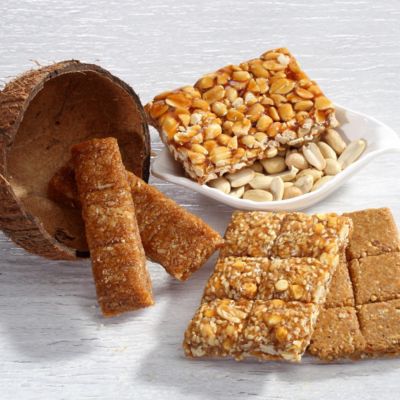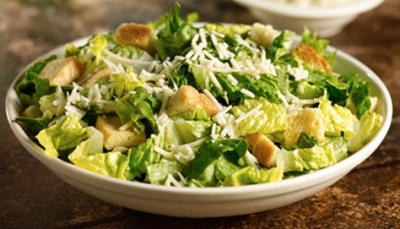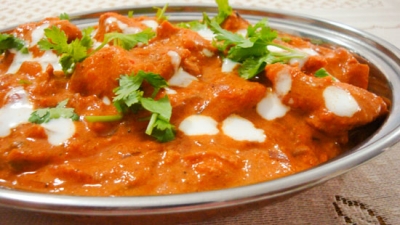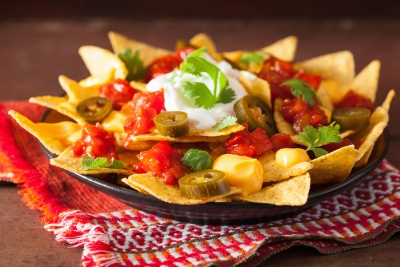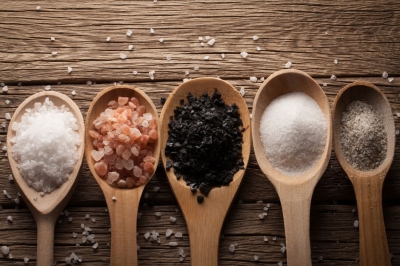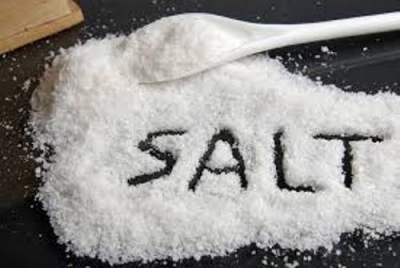
It is a round dish with a crumbly crust filled with jam and jelly. Among the fillings, the apple stuffing is supposed to be the best. In the U.S., the pie is served as dessert during the Thanksgiving and Christmas feasts. But the pies we eat today have a short history, though people have been baking dough filled with stuff for a very long time. According to Time.com, in medieval England they were called pyes, and apart from the sweet fillings, they also had meat –beef, lamb, wild duck, magpie pigeon – and were spiced with pepper, currants, dates. Historians say ancient Greeks made the first pie-shells by mixing flour and water. Wealthy Romans used many kinds of meat – from even mussels and other sea creatures in their pies. Cato the Younger (scribe) recorded the popularity of the sweet pie as a dessert in Roman meals.
In 1621, people (the Pilgrims) crossed the Atlantic Ocean to settle in the New World of America. They carried salty meat pies with them to the colonies in America. The pumpkin pie, now a must-have during the Thanksgiving feast, was first recorded in a cook-book in 1675. The British made this pie with squash, and the American version with red pumpkin became popular in the 1800s. The colonists cooked many types of pies. With their crusty covers, pies were preserved food, and kept their fillings fresh in the winter months. Documents show that the Pilgrims used dried fruit, cinnamon, pepper and nutmeg to season their meats. A cookbook from 1796 mentioned only three types of sweet pies; a cookbook written in the late 1800s had 8 sweet-pie varieties; in 1947, Modern Encyclopedia of Cooking listed 65 different varieties of sweet pies. The original pie had a shell that could not be eaten, and the apples did not have added sugar. The apple pie was mentioned first in 1589 by poet R Greene in the poem Menaphon: “They breath is like the steeme of apple pies.” Pies today are eaten the World over, and have all kinds of stuffing – from apples to avocados.
Picture Credit : Google



